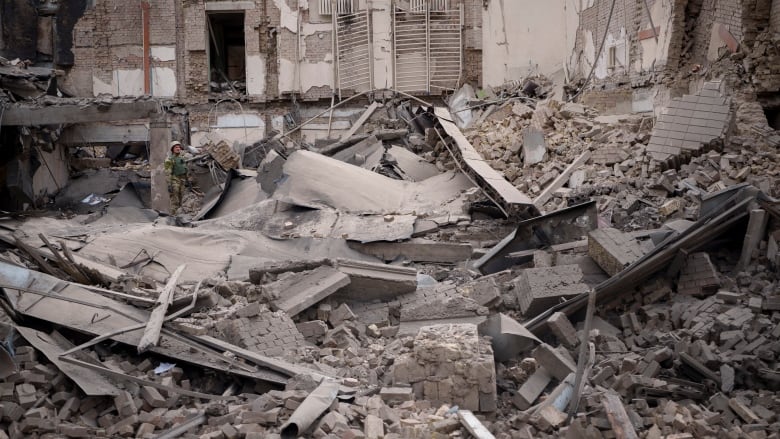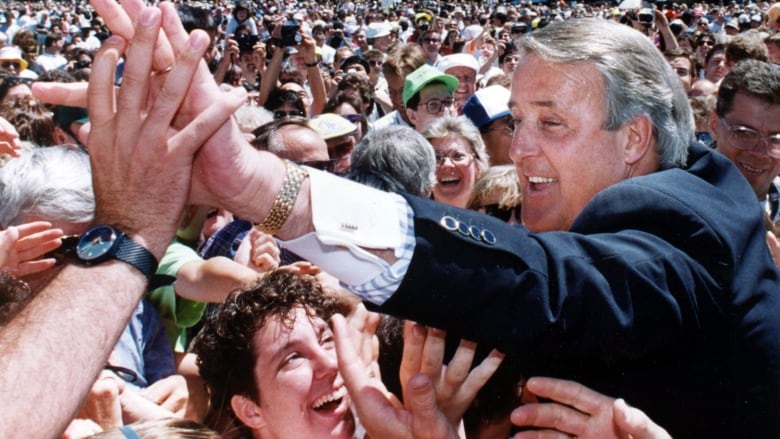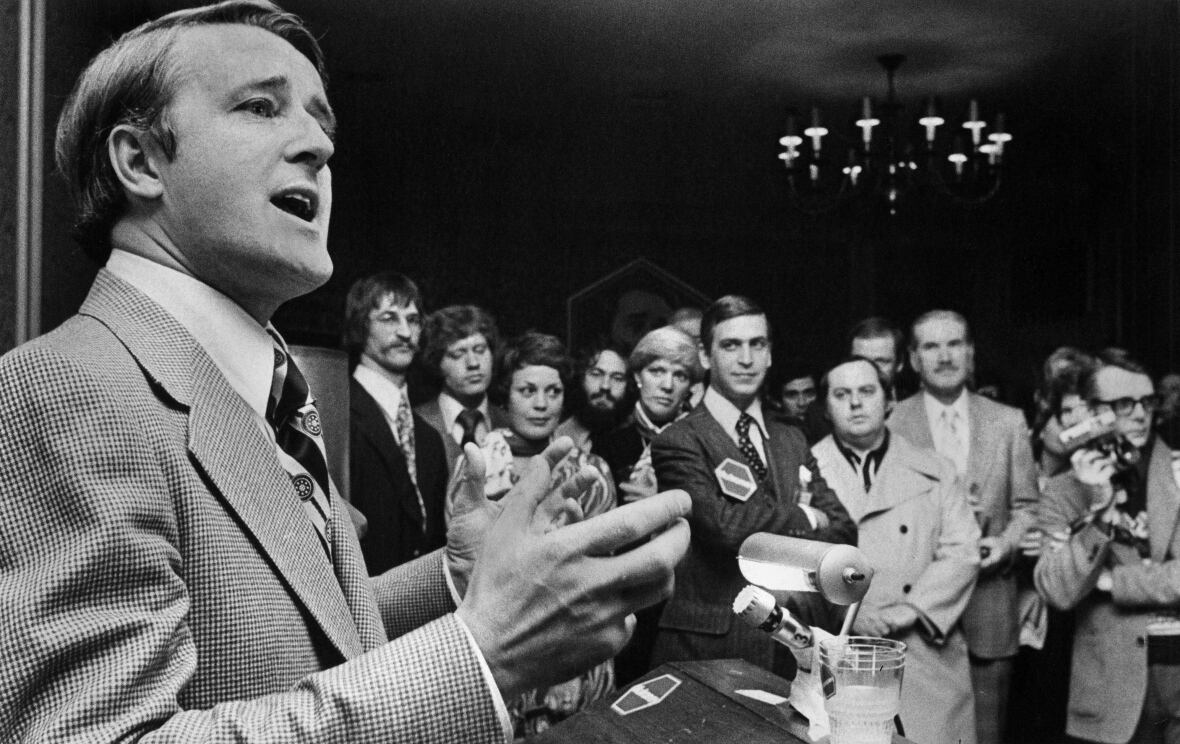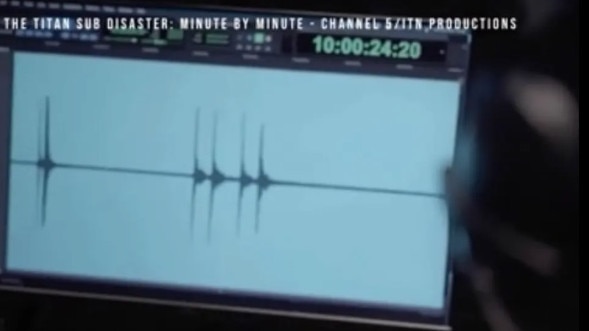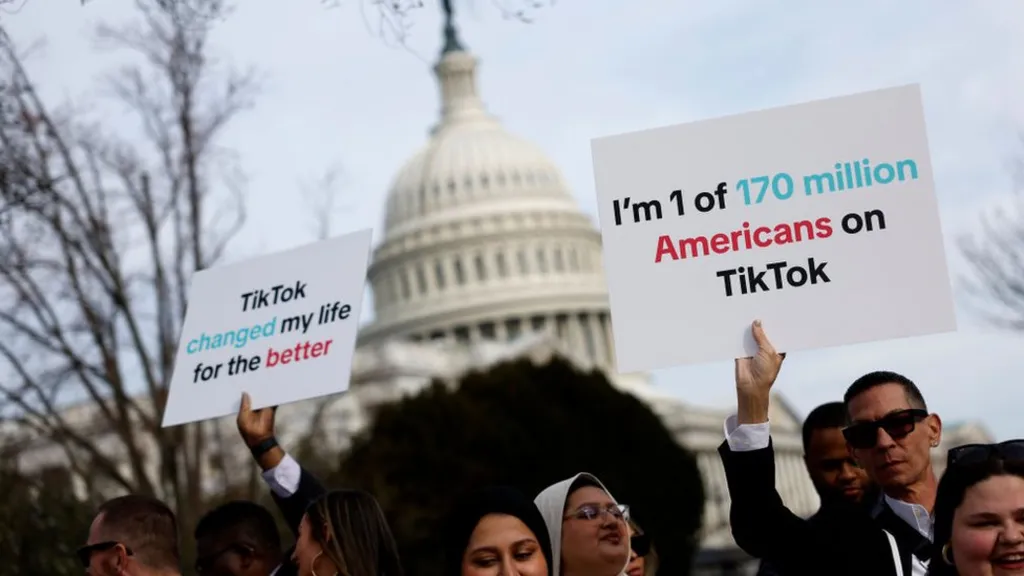This article is more than
1 year oldWhy we can't get enough high-profile mug shots — of ex-presidents or otherwise
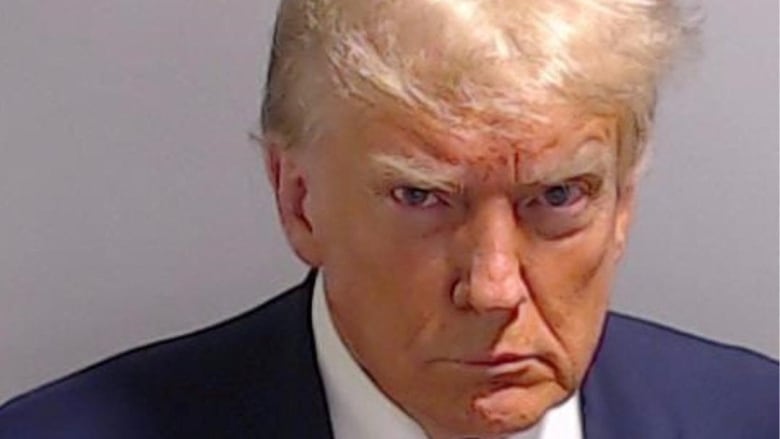
Prof. Nicholas Rule knew the mug shot of former U.S. president Donald Trump was coming down the pike this week. Still, as he studied the photo over breakfast on Friday, it wasn't what he'd expected to see.
Trump, wearing a navy suit and red tie, was standing against a grey background and staring into the lens. Chin down, brow furrowed.
"I, personally, when I saw the mug shot, was surprised by the choices that were made," said Rule, a psychology professor who has studied mug shots as part of his work on perception at the University of Toronto.
"Considering the context that it is a U.S. president ... I think that this stands a good chance of being the most famous [mug shot] of all time."
- Get the news you need without restrictions. Download our free CBC News App.
Within minutes of its release from a bustling county sheriff's office near Atlanta Thursday, the mug shot of Trump exploded onto screens around the world. Experts say society can seize on high-profile mug shots — of ex-presidents or otherwise — for a number of reasons, but particularly because they shatter the idea that powerful people are above the law.
Brow furrowed, head lowered
Rule said Trump's mug shot stood out for several reasons.
"Trump is a well-advised individual and he's also very image conscious," said Rule, who has researched mug shots as part of his work on how people perceive each other. "And so I would have to imagine that there was a lot of preparation in thinking about what a mug shot of him might eventually look like."
He said he would have expected the former president to appear confident in a mug shot, given his denial of any wrongdoing, but instead, Trump's head was lowered.
"Lowering one's head in that way is a submissive posture," Rule said, noting that at the same time, his facial expression doesn't convey a sense of remorse ... it instead looks more like he's going to head butt you. Which is not just a dominance display, it's an aggression display."
WATCH | Psychology professor breaks down 'surprising' Trump mug shot:University of Toronto psychology professor Nicholas Rule, who has studied mug shots as part of his research, says former U.S. president Donald Trump's mug shot was 'interesting' in a number of ways.
Trump surrendered Thursday on charges he illegally schemed to overturn the 2020 election result in Georgia. While other jurisdictions had allowed him to bypass certain procedures, Trump was photographed at the Fulton County Sheriff's Office — producing the first mug shot of a former U.S. president.
Speaking in an interview Friday, Rule also noted how Trump's mug shot differed from the others indicted with him, including former White House chief of staff Mark Meadows and Trump's personal lawyer, Rudy Giuliani.
Rule said some of the other defendants smiled in their photos, "which shows that sense of confidence or an absence of culpability that they are perhaps cool and unbothered by these charges."
"I found it very interesting and wonder how the Trump team will use this photo going forward and what their plans are and were for sort of having him present in this way."
Trump posted the photo on social media Thursday with the words, "Election interference. Never surrender!" along with a link to his website, where merchandise featuring the mug shot — including T-shirts, hats, coffee cups and beer koozies — was listed for sale.

Mug shots standardized in 1880s
Mug shots have been used within the U.S. justice system for more than 100 years.
Standardized by French police officer Alphonse Bertillon in 1888, the original concept used two photographs — one of a suspect head-on, the other in profile — with a written description of their physical features and certain measurements.
Mug shots of politicians and celebrities have routinely made history, from mobster Al Capone, singer Frank Sinatra, actor Jane Fonda, and accused murderer O.J. Simpson.

Rule says the public seizes on the photos because they bring celebrities down to Earth — an idea that hits home in an age where social media presents the most polished version of a person's life.
"I think that there is perhaps a sense of irony, right? This person, by virtue of being a celebrity, is a celebrated individual.... And here you see them caught doing something wrong, or at least being accused of [having] done something wrong," Rule said.
"People get some pleasure from seeing them sort of humbled in that way and brought down to a level that is more equivalent to the everyday person."
Former U.S. president Donald Trump surrendered to authorities in Georgia on charges he tried to overturn the state’s 2020 election results. Trump was fingerprinted and had his mug shot taken.
Mug shots rare in Canada
Law enforcement agencies in the U.S. and newsrooms around the world have moved away from publicizing mug shots as they once did because the photos feed into racial bias and are disproportionately harmful to people of colour.
In Canada, photos of criminal suspects — mug shot or otherwise — are rare. Under the federal Privacy Act, RCMP can't release photos gathered during investigations unless there are special circumstances — like finding a suspect or additional victims.
"Once charged, a person's name and the charge becomes public information, but their image/likeness does not. In a case where a person is charged (and photographed for that matter) and the individual does not get convicted, this photograph must be destroyed," read an email from RCMP Cpl. Alex Berube.
Whether in Canada or the U.S., Rule said mug shots are less useful than they used to be.
"The idea was that the mug shot was a useful tool for helping to bring people to justice, to notify the public that this person is wanted for a crime," he said.
"In this day and age, that's probably less functional than it used to be."
Keywords
Newer articles
<p>TikTok is getting closer to being kicked out of the US after the Senate approved a bill that would ban the platform unless its Chinese owner ByteDance sells the company.</p>
Ukraine war: Kyiv uses longer-range US missiles for first time
Congress passes bill that could ban TikTok after years of false starts
TikTok faces US ban as bill set to be signed by Biden
‘LOSING CREDIBILITY’: Judge explodes at Trump lawyers as case heats up
Claim rapper ‘made staff watch her have sex’
The EU warned TikTok’s new rewards feature could be addictive. Now the app's suspended it
KANYE WEST PLANS TO LAUNCH 'YEEZY PORN' ... Could Be Coming Soon!!!
Megan Thee Stallion’s Ex-Makeup Guru Talks. It’s Not Pretty.
King’s Funeral Plans Dusted Off—as Health Remains a Mystery
